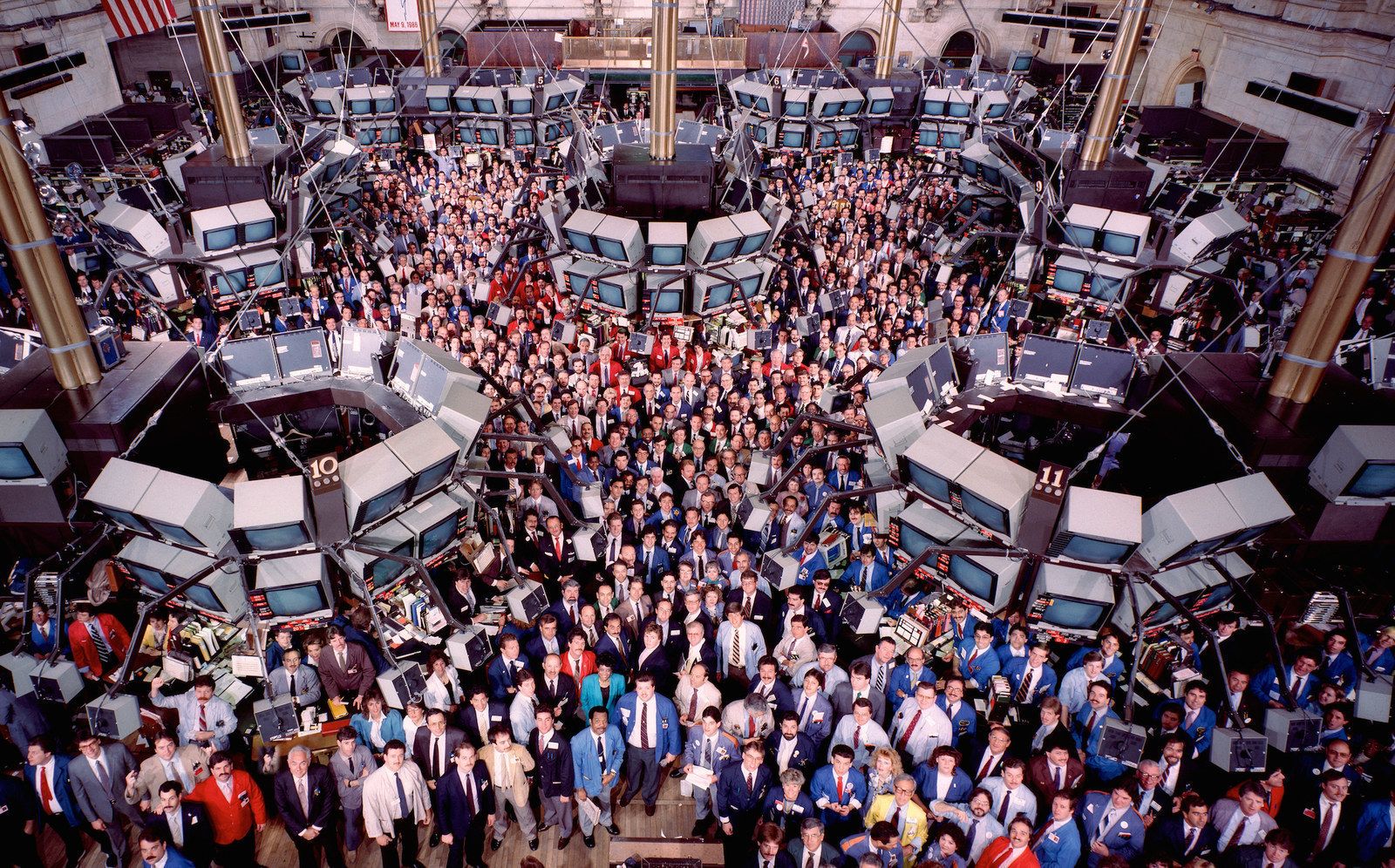Definition:
Equity is a part of a business or other assed, owned by its investors. Equity is calculated by deducting any outstanding obligations, such as taxes or bills, from the asset’s overall worth.
Equity appears on most companies’ balance sheets and is used to assess their condition. It can be divided among multiple owners, just as large corporations frequently have many shareholders.
Equity is like a pizza you have bought with a friend. You don’t own the entire pizza, and you’re only allowed to eat a portion of it equal to the percentage of the pizza you paid for. Similarly, ownership in a company or other asset is determined by the percentage paid for. Subtracting the company’s liabilities from its assets and then multiplying by the person’s ownership percentage yields the dollar value of their equity.
Calculating equity
To calculate a company’s total ownership equity, use the following formula: owner’s equity = assets – liabilities.
If a company has more than one owner, the value of each person’s ownership stake can be calculated by identifying the total equity in the company and then multiplying it by the percentage of the company that each owner owns. Assume a fictitious company called Anna’s Burger has $1 million in assets, $0.5 million in liabilities, and five owners with equal shares. A single owner’s equity in the company would be equal to ($1M-$0.5M) * 20%, or $100,000.
Types of equity
– Common stock is a type of stock that typically includes voting rights, which allow shareholders to vote on important business decisions. It may also pay dividends if the company performs well.
– Preferred stock frequently lacks voting rights but has other advantages that make it more desirable than common stock. In contrast to the variable, lower price paid to common stockholders, companies pay fixed dividends to preferred shareholders. Preferred shareholders also have first dibs on dividends.
– Private equity refers to investments in non-publicly traded companies.
– The funds raised by issuing shares at a price above par value are known as contributed surplus. The face value of each stock is determined by the corporate charter of the company and is known as par value. The corporation guarantees not to issue any shares below the par value price by fixing it. Par value is frequently listed quite low because of this.
– Retained earnings are a company’s profits after any dividends or other payments to investors have been deducted. The business uses this money to finance capital investments, R&D, marketing, or even acquisitions in order to fuel its growth.
– Treasury stock is stock that a business has sold and then bought back. The total number of outstanding shares on the market is decreased by these repurchases. Treasury stock lowers shareholders’ equity because these equities are no longer owned by shareholders.
– Home equity is the portion of the property’s value that the owner personally owns. It can be estimated by deducting the total value of the house from the outstanding loans.
The working process of equity financing
A corporation has a number of choices if it needs to raise capital. Equity finance, or the sale of firm shares, is one of them.
Before they grow to be large enough to perform an IPO and sell their shares on the stock market, many businesses rely on private funding. The money obtained via the founders’ sale of a portion of their business in order to raise money is known as private equity.
Yes, the business owner must sell a portion of the property, but he can use the proceeds to grow the enterprise.
The difference between stocks and equity
Stock is one variety of equity. Because of this, not all equity is stocks; rather, not all stocks are equity.
An investor-owned stake in a business is referred to as equity. Stock shares, which are traded on the stock market, are the most popular kind of equity. Stock is the full ownership of a company. Each share of stock, which is divided into multiple pieces, has an equal stake in the company. However, as was said earlier, a company’s equity can also comprise different things like retained earnings and business equity.
Why is investing in equities profitable?
Equities have dangers like other investments do, but because of their advantages, many investors find them to be particularly alluring.
One is that the value of stocks may increase with time. Businesses that are run effectively typically grow more profitable over time. You could profit from the sale if you were to buy in one and then sell your shares years later.
Additionally, dividends from your investment may allow you to profit. Businesses that are successful distribute a percentage of their income to their shareholders. This implies that you might get a portion of your money back each quarter. By doing so, a profit could be made without having to sell the initial shares.










